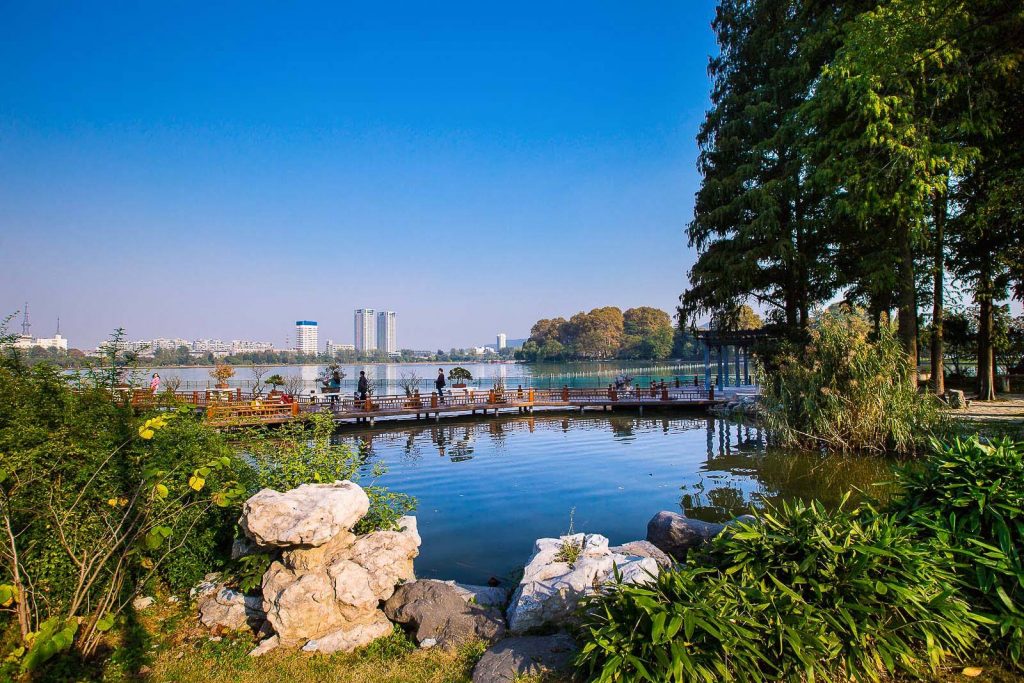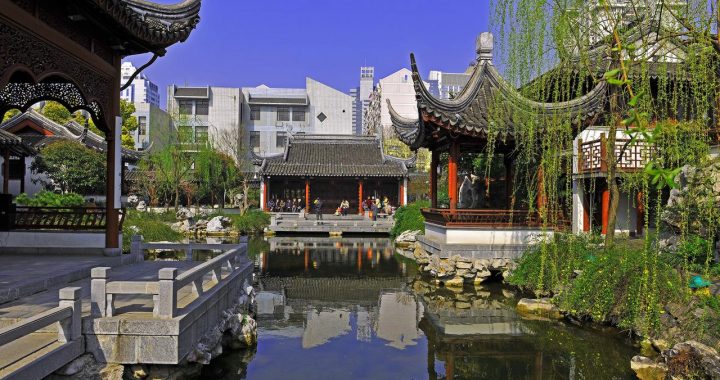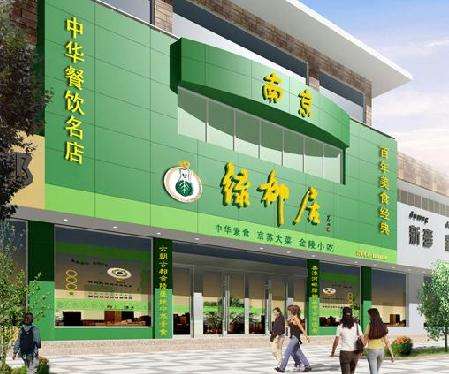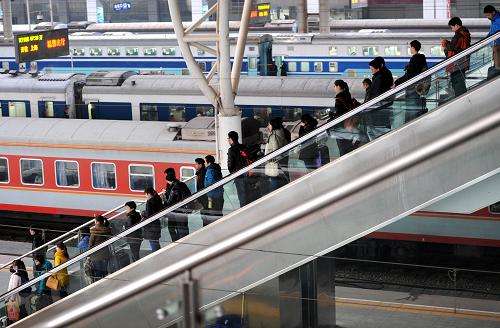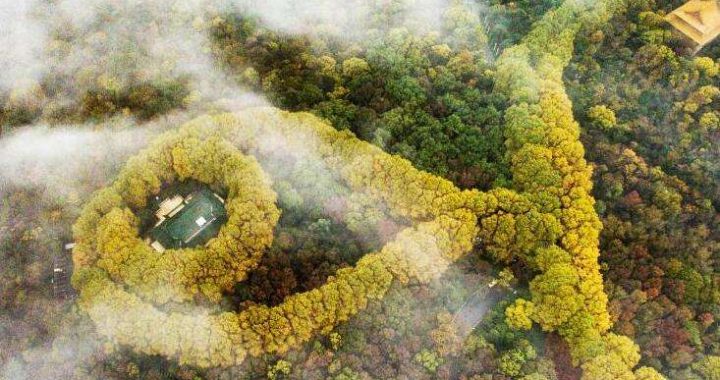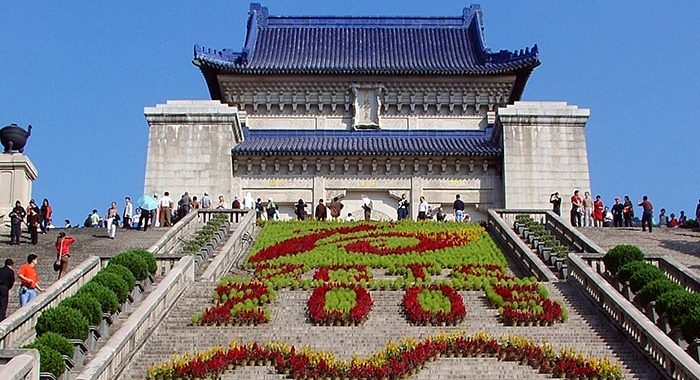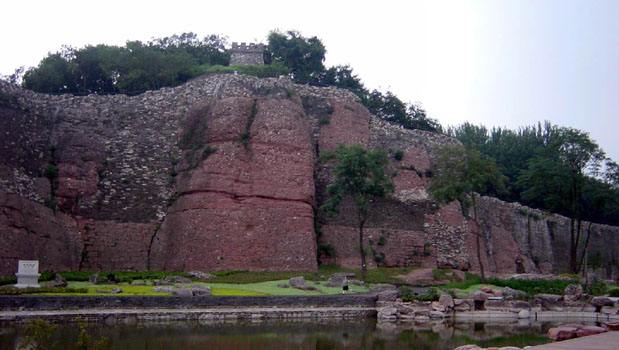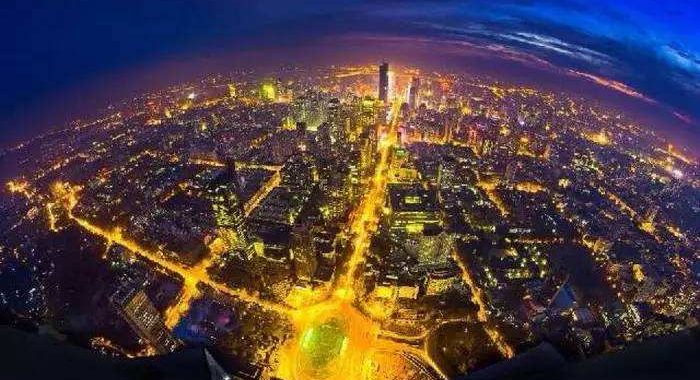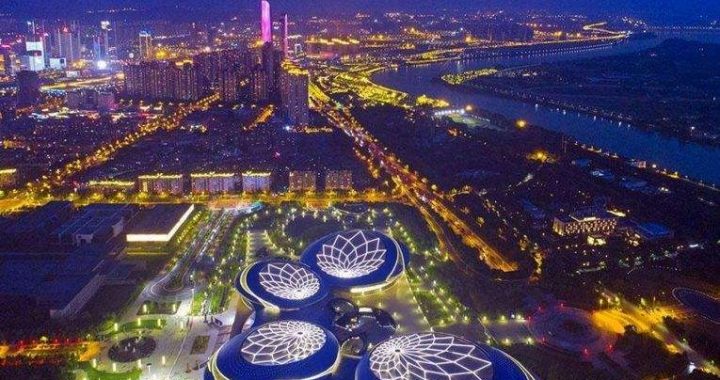Brief Introduction to Nanjing
5 min readLying on the south bank of the Yangtze River,Nanjing,the capital of Jiangsu province,is one of the most delightful of Chinese cities.Known as the capital city of six Dynasties in China’s history,it has a brilliant cultural heritage.
Just over three hours from Shanghai by train,Nanjing,literally“Southern Capital”has long been celebrated as a literary and political center and served as capital during the early years of the Ming dynasty.The Treaty of Nanjing,signed in 1842 at the conclusion of the First Opium War,opened China to Foreign trade.In 1853,the city became the short-lived capital and power bass of the Taiping rebellion.In the early part of the 20th century,Nanjing served as capital of the Republic of China.In late 1937,the Japanese entered the city,and embarked oncampaign of widespread slaughter,which became known as the“Rape of Nanjing.”Chinese forces reoccupied the city in 1945,which fell to the Communists in Apri 1949,becoming the provincial capital of Jiangsu.

History
Yuecheng, the first recorded military defense constructed in early 472 BC, opened the long history of Nanjing. In the following years, the city reached itsheight of splendor at various times. In 229, Sun Quan, one of the three heroes in China’s Three Kingdoms Period (220-280), to strengthen his influence in the middle valley of the Yangtze River, moved the capital of his kingdom to Jianye-presen Nanjing. From that time on, the city served as the capital for several dynasties in China’s history. In 1356, in a peasant rebellion, Zhu Yuanzhang, later the Empero.
Taizu of the Ming Dynasty(1368-1644), conquered the city and renamed it Yingtian Fu. In 1368, Zhu established the Ming Dynasty-the last feudal dynasty ruled by the native Han people, and gave Yingtian Fu the new name of Nanjing. Ten years later, the emperor made Nanjing the capital of the country. The mausoleum of Emperor Zh Yuanzhang is perching on the southern slope of the Mount Zijinshan in the northeastern part of the city.
Following officials’ advice of “building walls and producing grain to consolidate the rule”, the emperor ordered the construction of city walls. Today’ majestic walls in Nanjing, the longest of its kind in the world, are the result of that phase of construction. Zhonghua Gate, simply meaning “Chinese Gate”, is a noted attraction for tourists in the present city center.
In spite of its glorious times, the city also witnessed the hardest moment of this nation. In 1839, the Opium War burst out after Lin Zexu, an assiduous official, burnt twenty thousand boxes of opium in Humen. On a battleship in Nanjing’s Xiaguan, the corrupt Qing government, under threat by Britain troops, signed the notorious Nanjing Treaty, the first of the ‘ Unequal Treaties’ which ceded Hong Kong away from China for more than hundred years. Following this treaty, invasions and colonial rule of the western countries intensified and China sank into a harder and darker time.
Peasant groups of Taiping rebelled against the Qing government in 1853 and established the Taiping Heavenly Kingdom in Jinling, Nanjing’s name at that time, and formed an army. Unfortunately, the peasant regime was short-lived and in 1864, troops of Qing government won the city back. Nowadays, in Xuyuan Garden, one can still see part of the palace of Heavenly King of Taiping Heavenly Kingdom.
It was the Revolution of 1911, the Chinese bourgeois democratic revolution led by Dr. Sun Yat Sen that overthrew the Qing Dynasty. On the first day of 1912, Dr.
Sun Yet Sen gave his simple but sublime address on the inauguration held of the new Republic of China. Today,a memorial hall in the Mausoleum of Dr. Sun Yat Sen, houses a statue of Dr. Sun sculpted out of white marble.
There are two further negative memories of the city. On April 18th,1927, Chiang Kaishek launched the counter-revolutionary 4.12 Coup and established his power in Nanjing. Also, in 1937, the inhuman Nanjing Massacre happened. In six weeks, more than 300000 Chinese people were killed including women and children. No atrocity can go unpunished. After eight years of resistance, in 1945 the brave Chinese people eventually drove the barbarous Japanese invaders out of China’s homeland and the war criminals got what they deserved. However Chinese people will never forget the history. Pictures of the atrocities of Japanese soldiers taken by Japanese armyphotographers are exhibited in the Memorial Hall to the Victims in the Nanjing Massacre.

Finally, on April 23rd,1949, Nanjing was liberated by the People’s Liberation Army and Kuomintang’s power in China was ended.
Geography and climate
Nanjing,with a total area of 6598 km,is situated in the largest economic zone of China,the Yangtze River Delta,which is part of the downstream Yangtze River drainage basin.Yangtze River flows past the west side of Nanjing city proper,while the Ningzheng Ridge surrounds the north,east and south side of the city.The city is 300 km from Shanghai,1200 km from Beijing,and 1400 km from Chongqing.
Nanjing has a temperate climate,and is under the influence of East Asia Monsoon.Seasons are distinct in Nanjing,with usually hot summers and plenty of precipitation throughout the year.Along with Wuhan and Chongqing,Nanjing is often referred to as one of the”Three Furnaces”along the Yangtze River,due to the historically high temperature in summer.The average annual temperature is 15.7℃,with the highest recorded temperature being 43℃(July 13,1934)and the lowest-16.9℃(Jan 6,1955).On average it precipitates 117 days out of a year and the average annual precipitation is 1106.5 mm.From mid-June to end of July is the Meiyu season,during which the city experiences a period of mild rain and dampness.
According to the city government’s website,the best weather of the year occurs from September to November.
Nanjing is endowed with rich natural resources,which include more than 40 kinds of minerals.Among them,iron and sulfur reserves take 40%of those of Jiangsu province;its reserves of Strontium rank first in East Asia and the South East Asia region.Nanjing also possesses ample water resources,both from the Yangtze River and ground water,and it has several natural hot springs such as Tangshan Hot Spring in Jiangning and Tangquan Hot Spring in Pukou.
Surrounded by the Yangtze river and mountains,Nanjing also enjoys beautiful natural scenery.Natural lakes such as Xuanwu Lake and Mochou Lake are located in the center of the city and easily accessible to the public,while hills like Purple Mountain are covered with evergreens and host various historical and cultural sites.
